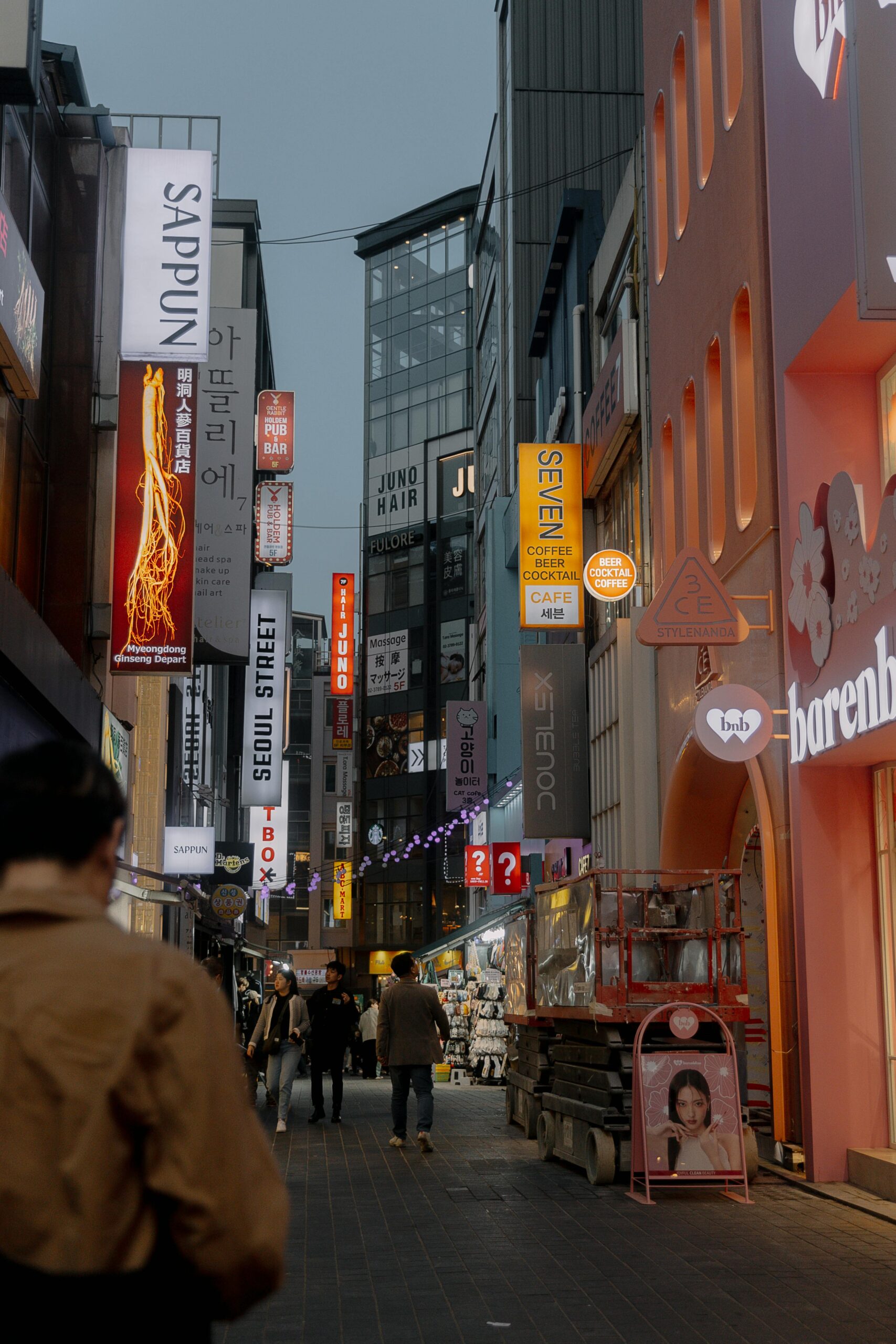Architectural sign solutions are integral to modern building design, blending functionality with aesthetic appeal to enhance wayfinding, branding, and user experience. These solutions encompass a range of signage types, including directional, informational, identification, and decorative signs, tailored to fit the architectural context of a space. Their profiles—design characteristics, materials, and applications—play a critical role in ensuring accessibility, durability, and visual harmony.
Design Characteristics
Architectural signs are designed to complement a building’s aesthetic while maintaining clarity. Profiles vary from sleek, minimalist panels for corporate environments to ornate, custom-crafted signs for historic sites. Modular sign systems allow flexibility, enabling easy updates or reconfiguration. For instance, curved or flat panel signs with interchangeable components are popular in dynamic spaces like hospitals or universities. Illumination is another key feature, with LED-backlit signs offering energy efficiency and visibility in low-light conditions. Profiles also consider ergonomics, ensuring signs are placed at optimal heights and angles for readability.
Materials and Durability
Material selection defines a sign’s profile and longevity. Common materials include aluminum, stainless steel, acrylic, and wood, chosen based on environmental factors and design goals. Exterior signs often use weather-resistant materials like powder-coated metal or UV-stable plastics to withstand harsh conditions. Interior signs may incorporate glass or brushed metal for a premium look. Sustainability is increasingly prioritized, with eco-friendly materials like recycled aluminum or low-VOC finishes gaining traction. The profile also accounts for maintenance—modular sign systems with replaceable parts reduce long-term costs.
Applications and Functionality
Architectural sign solutions serve diverse purposes. Wayfinding signs guide users through complex spaces like airports or campuses, using clear typography and intuitive symbols. Identification signs, such as building or room plaques, reinforce branding with consistent fonts and logos. Decorative signs enhance ambiance, often seen in retail or hospitality settings. Accessibility is critical, with RPWD-compliant profiles incorporating tactile elements, braille, and high-contrast colors to ensure inclusivity.
Integration with Technology
Modern profiles integrate technology for enhanced functionality. Digital signage, with touchscreens or dynamic displays, is increasingly common in commercial spaces. Smart signs with sensors or QR codes provide real-time information, such as directions or schedules. These tech-driven profiles require robust materials and power-efficient systems to ensure reliability.
In summary, architectural sign solution profiles combine design, material innovation, and functionality to create cohesive, user-friendly environments. They balance aesthetic integration with practical needs, ensuring spaces are navigable, inclusive, and visually appealing.

